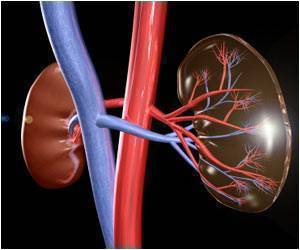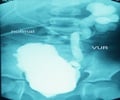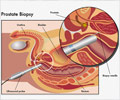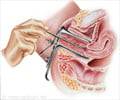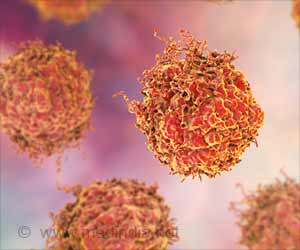Persons with bladder cancer, who do not get optimal biopsies have lesser chances of survival of the disease.
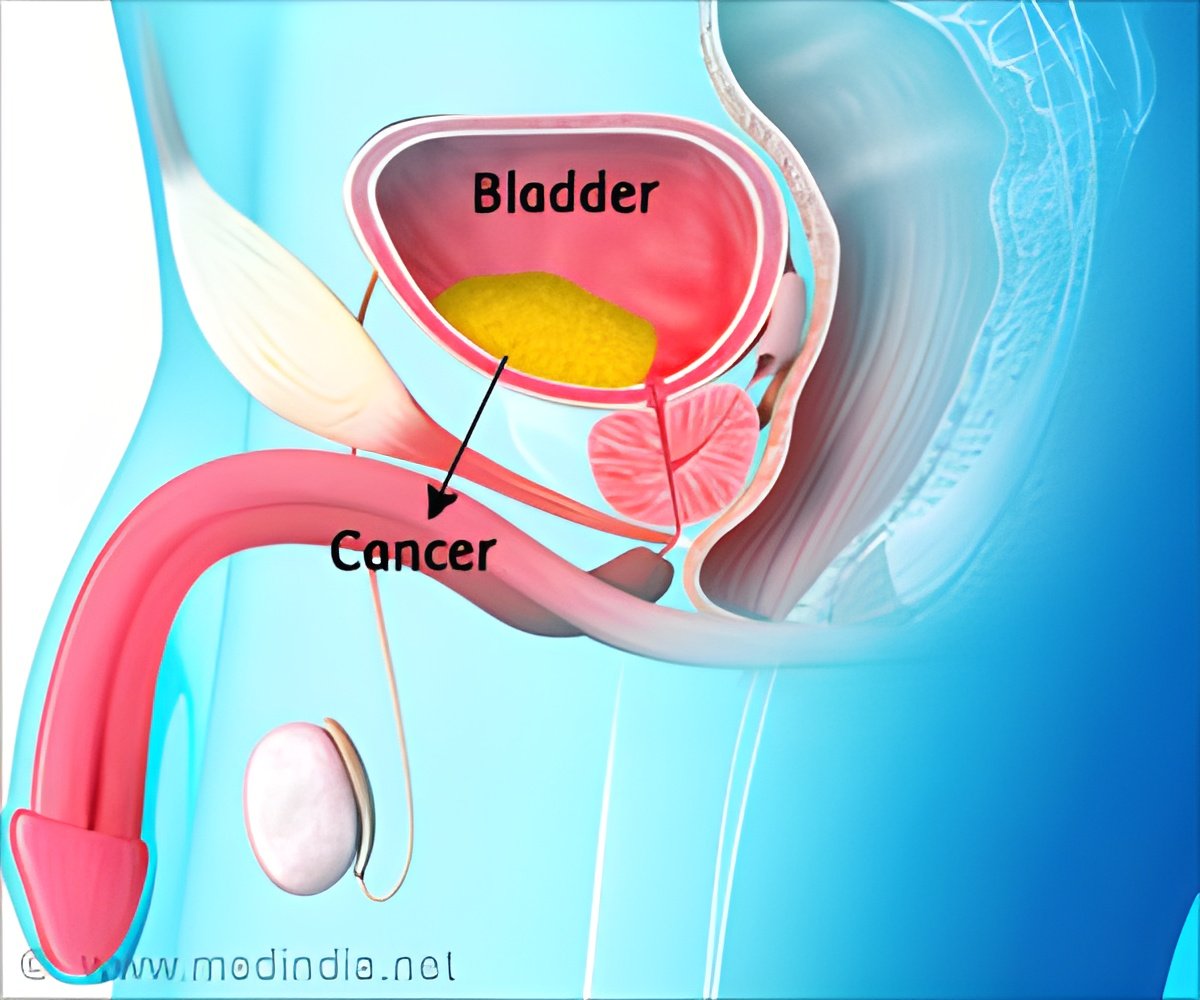
"These findings are very important because while patients know about the stage of their cancer, they rarely question the quality of the biopsy," said Chamie, who also is a researcher at UCLA's Jonsson Comprehensive Cancer Center. "We hope these findings will help empower patients to ask about the quality of their biopsy and, if it is suboptimal, then urge their doctors to repeat the biopsy prior to deciding on what type of treatment to prescribe."
The findings were published Oct. 20, 2014 in the early, online edition of the peer-reviewed journal Cancer. The study was conducted at UCLA and the Cancer Surveillance Program at USC.
Chamie said that many times, biopsies only take tissue from the inner lining of the bladder itself, ignoring the underlying muscle wall. If the cancer has started to invade, tissue from the muscle wall needs to be examined to determine the next course of treatment.
For the study, the UCLA team reviewed the medical records of every patient diagnosed with "non-invasive" – meaning the cancer had yet not spread into the muscle – bladder cancer during the years 2004 and 2005 across medical institutes in Los Angeles County. Biopsy and surgery reports were reviewed.
The team found that about half the time, the surgeon either did not do an adequate biopsy or the pathologist did not clearly state the extent of the cancer invasion. When patients had aggressive tumors and their surgeons and pathologists appropriately staged them, the chance of dying of bladder cancer at five years was 8 percent.
Advertisement
However, if the pathologist did not comment on the extent of the cancer invasion, then the five-year mortality was 19 percent.
Advertisement
The study sample included 1,865 patients, 335 urologists and 278 pathologists from medical institutes across Los Angeles County. Muscle was reported as present in 972, or 52.1 percent, absent in 564, or 30.2 percent, and was not mentioned at all in 329, or 17.7 percent of initial pathology reports.
Barbara James, 77, of Three Rivers in Central California was diagnosed bladder cancer a year ago by an urologist in her area, who also performed a biopsy and later removed the cancer. However, the urologist waited four months before going back in to check to ensure all the cancer was removed, James said.
More cancer was found and the urologist wanted to go in and remove more.
"It made me really nervous. I felt like he didn't know what he was doing," she said. "I decided I needed to go somewhere else."
A friend, a neurosurgeon at UCLA, referred James to Chamie, who performed a more thorough biopsy, which found that James had invasive bladder cancer that was missed in the first biopsy. As a result, her bladder had to be removed and a new bladder built for her using a portion of her intestine. She's recovering and advises anyone with bladder cancer to go to a major medical center for biopsy and staging.
Every year, nearly 75,000 Americans are diagnosed with bladder cancer, the vast majority with non-invasive disease. More than 15,500 will die.
"The omission of muscle in the specimen or its mention in the pathology report in nearly half of all diagnostic resections is associated with increased mortality, particularly in patients with aggressive disease," the study states. "Because urologists cannot reliably discern between aggressive and indolent disease, we recommend that patients with bladder cancer should undergo adequate muscle sampling at the time of biopsy."
Source-Eurekalert



